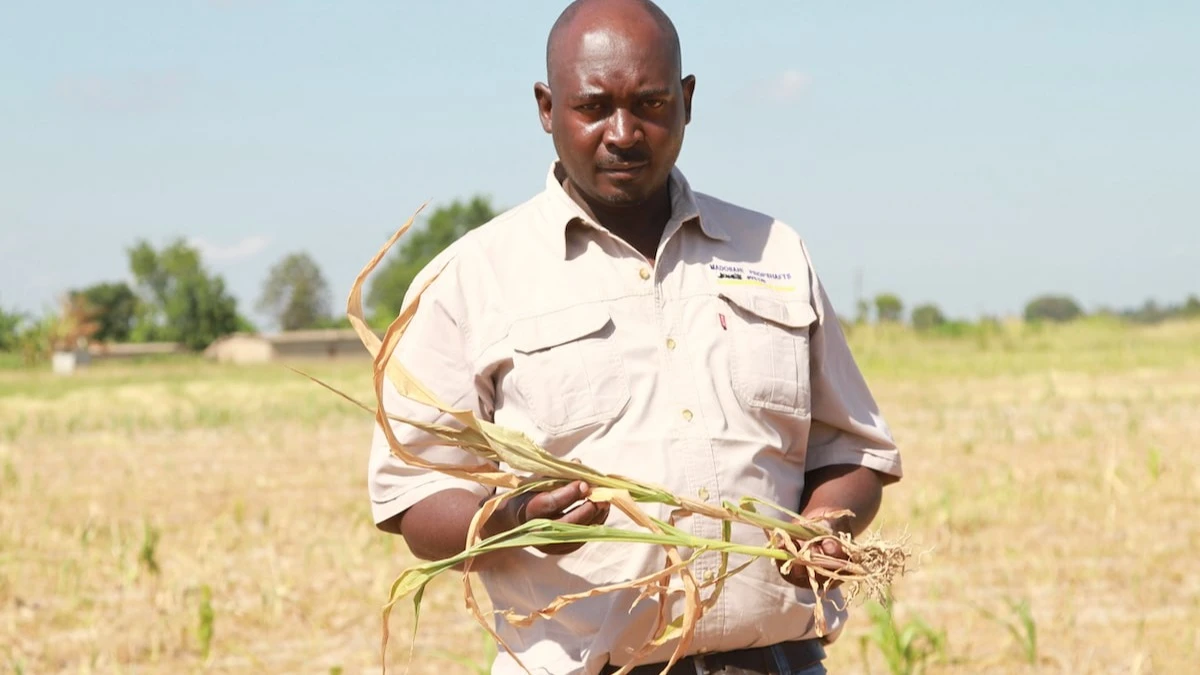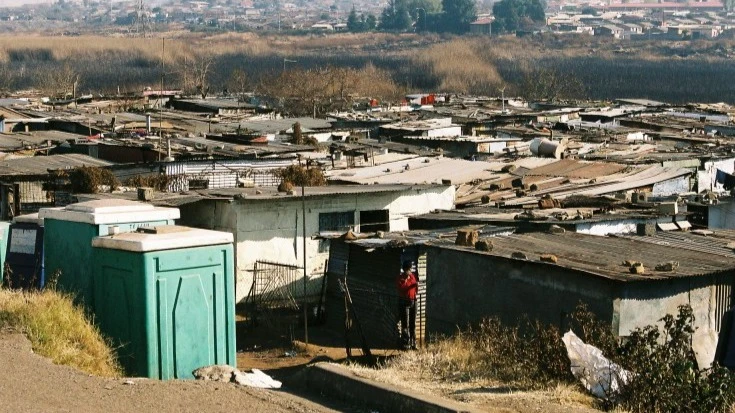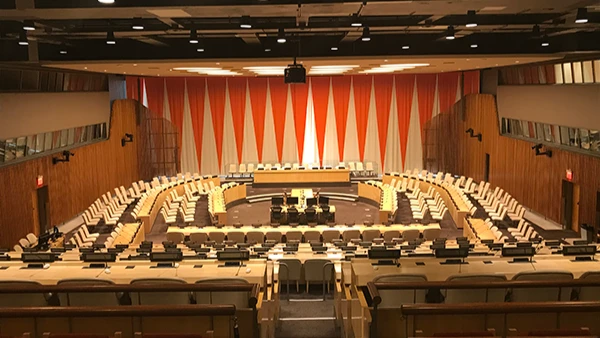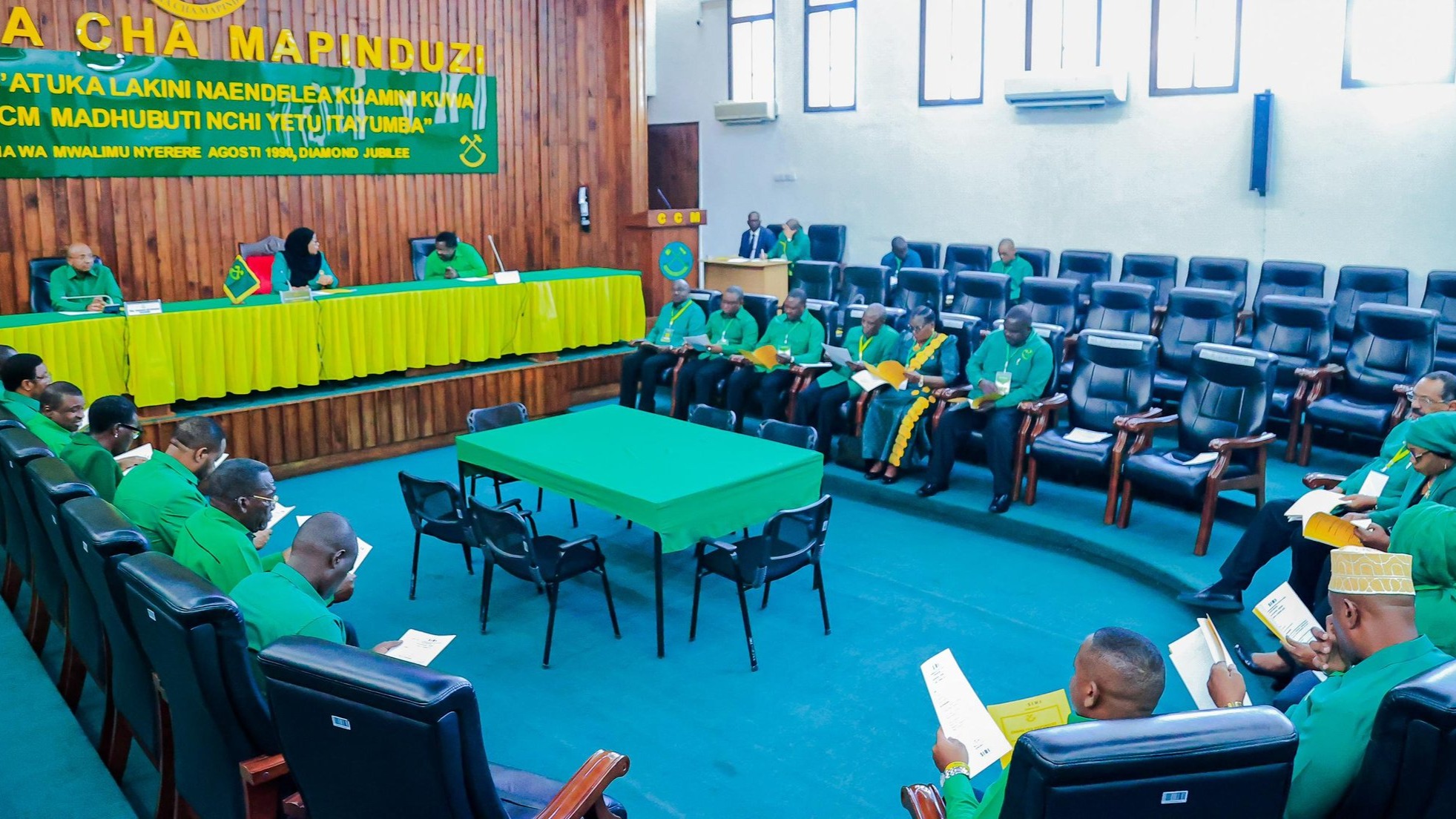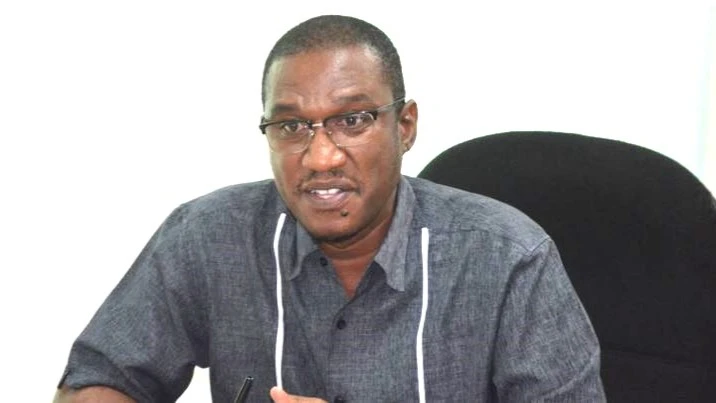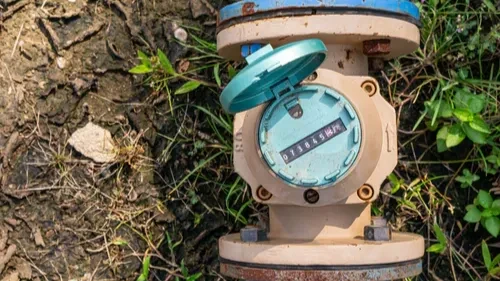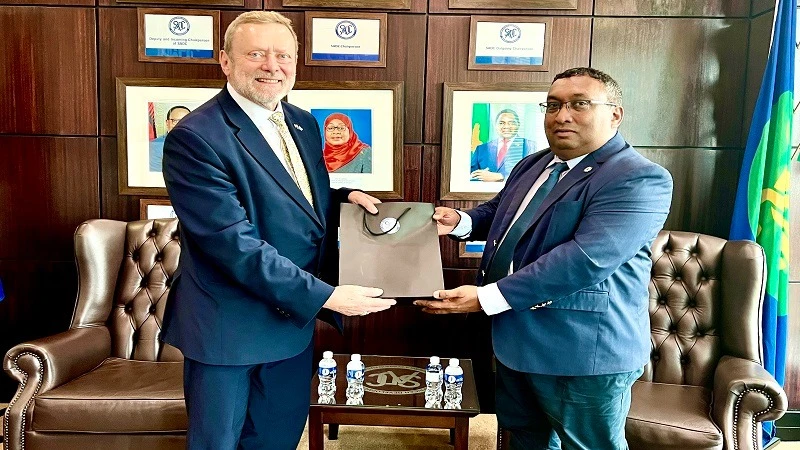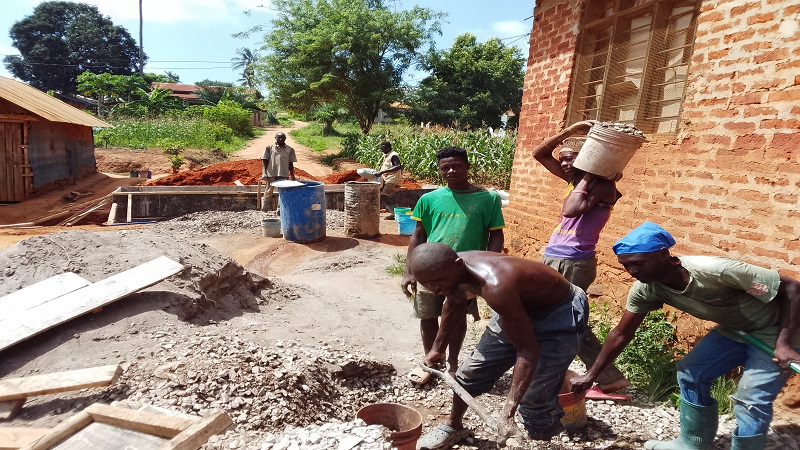Lead poisoning: The persistent threat from mismanaged waste
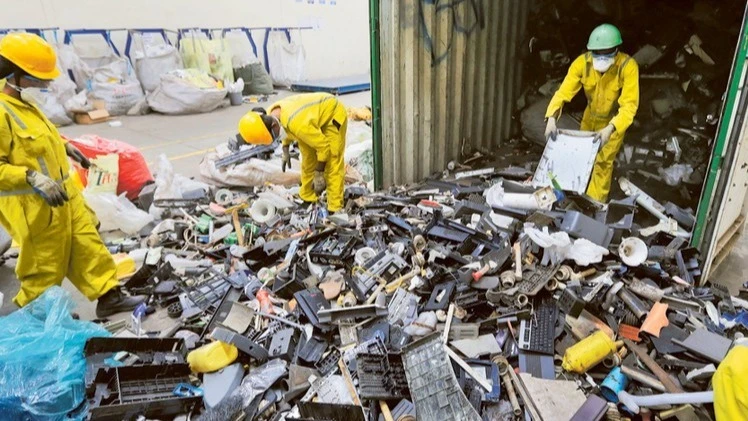
ACROSS Africa, the spectre of lead poisoning continues to pose a big threat to both the environment and public health.
Despite the stringent regulations under the Basel and Bamako Conventions aimed at controlling waste containing lead compounds, the reality on the ground paints a different picture.
Lead, a naturally occurring metal used to make a variety of products including paints, ammunition, spices, certain cosmetic products, jewellery, toys, waste lead acid batteries, gasoline, plumbing pipes, ceramics, and others.
Although it is present in the environment, lead can become a serious hazard when found in excessive amounts. Lead in soil can contaminate food sources and negatively impact biodiversity. It can also cause severe neurological impairments in humans—especially in children.
According to the UN Food and Agriculture Organization (FAO), land or soil sites with high lead concentrations are most prevalent of the trace elements.
In Sub-Saharan Africa, over 55 million children have blood lead levels that exceed 10 micrograms per decilitre (µg/dL), twice the threshold deemed dangerous by the World Health Organization (WHO).
Many children are exposed through direct contact, breast milk, and even as developing foetuses when pregnant mothers come into contact with lead.
One of the most alarming sources of lead poisoning comes from mismanaged e-waste and used lead-acid batteries (ULABs). Informal recycling practices release lead particles into the environment, endangering countless communities.
The global demand for lead-acid batteries drives informal recycling operations, often without necessary safeguards. According to the International Lead Association, these batteries provide 70% of all rechargeable battery energy storage worldwide, making them a critical resource but also a major pollution source. When recycled under lead in unsafe conditions, pollution levels soar, impacting both the environmental and human health.
During the WHO’s International Lead Poisoning Prevention Week in October 2024, partners and stakeholders gathered to share successes and re-commit to urgent action on lead.
Across Africa, the numerous cases illustrate the scope of the problem: lead mining in Nigeria, ULAB processing in Senegal, and toxic waste in Zambia’s Kabwe region.
In Kenya’s coastal city of Mombasa, the residents of Owino Uhuru area still bear the scars of pollution from a lead-acid battery smelting plant. For these communities, the right to a clean environment depends on effective policies for hazardous waste management.
At the legislative level, UNEA Resolution 3/9 aims to eliminate exposure to lead paint and improve waste battery management. UNEP’s 2022 Guidance Manual supports policymakers with actionable frameworks. However, more investment in the necessary infrastructure, awareness campaigns, and enforcement are essential to making these initiatives effective.
The journey toward a safer tomorrow requires more than policy changes and investment. It demands a commitment to protect those most vulnerable.
As we look to the creation of a lead-free future, we are compelled to think of 'the future' not as distant and abstract, but one in the making with each passing moment.
This realization instils in us the responsibility to do better to safeguard the environment and public health for ourselves and for future generations.
Top Headlines
© 2025 IPPMEDIA.COM. ALL RIGHTS RESERVED




